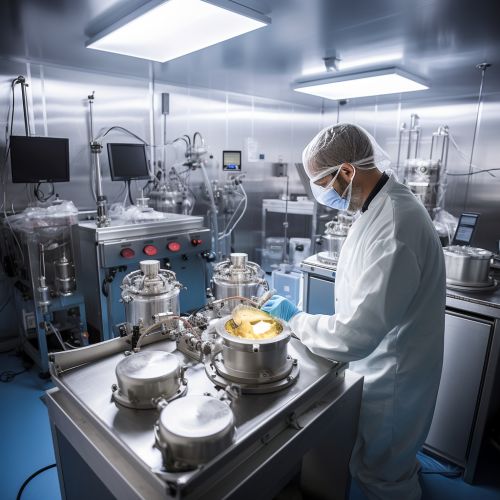Cryopreservation
Introduction
Cryopreservation is a process that uses very low temperatures to preserve structurally intact living cells and tissues. The term "cryopreservation" derives from the Greek word "kryos" meaning cold, and the English word "preservation" meaning to protect or maintain.
History
The concept of cryopreservation was first proposed by James Lovelock in the 1950s. Lovelock was studying the damaging effects of freezing on biological specimens and discovered that certain cryoprotective agents could prevent or reduce this damage. This led to the development of the first successful cryopreservation protocols.
Principles of Cryopreservation
The primary goal of cryopreservation is to reach a state of 'suspended animation' in which all cellular and metabolic activity is halted, but the basic structure and function of the cells are preserved. This is achieved by cooling the cells to very low temperatures, typically below -130°C. At these temperatures, all molecular motion and metabolic reactions are effectively stopped, allowing the cells to be stored indefinitely without degradation.
Cryoprotective Agents
Cryoprotective agents (CPAs) are substances used to protect biological tissue from freezing damage. They work by replacing water in the cells and forming hydrogen bonds with biological molecules, which prevents ice formation and reduces the risk of mechanical damage to the cell membranes. Commonly used CPAs include dimethyl sulfoxide (DMSO), glycerol, and ethylene glycol.
Techniques
There are several techniques used in cryopreservation, including slow freezing, vitrification, and controlled rate freezing. Each technique has its own advantages and disadvantages, and the choice of technique often depends on the type of cells or tissue being preserved.
Applications
Cryopreservation has a wide range of applications in many fields of medicine and biology. It is used in assisted reproduction to store sperm, eggs, and embryos. In stem cell research, it is used to preserve stem cells for future use. It is also used in organ transplantation to preserve organs until they can be transplanted.
Future Directions
The field of cryopreservation is constantly evolving, with new techniques and cryoprotective agents being developed. One of the most promising areas of research is the use of nanoparticles for targeted delivery of cryoprotective agents. This could potentially improve the efficiency and effectiveness of cryopreservation protocols.
See Also


